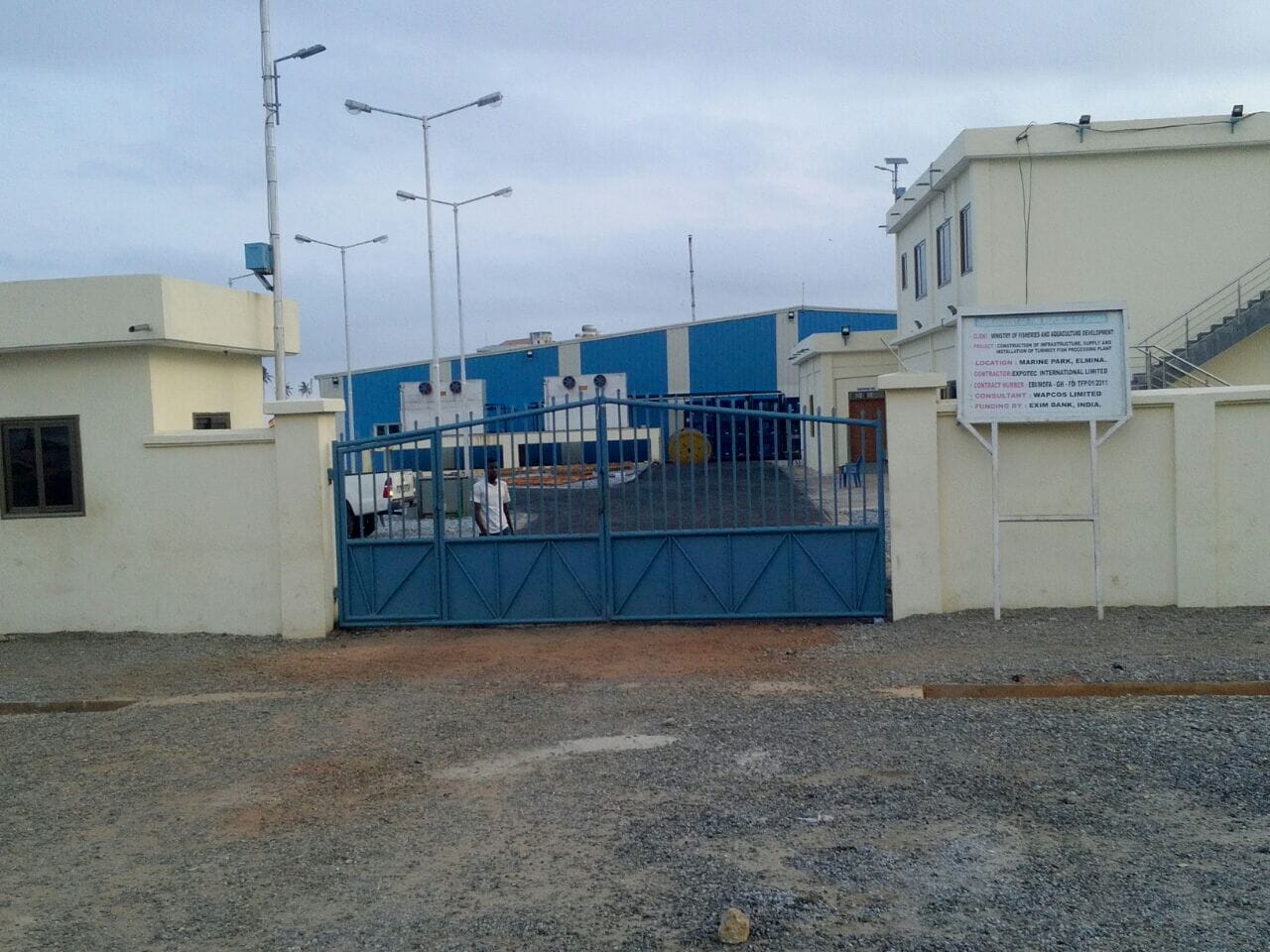The objectives of the closed season are to help reduce the ‘excessive pressure and over-exploitation of fish stocks’ from 80 industrial fishing vessels which operate in the nation’s territorial waters.
Violation of the ban attracts fines ranging from $500,000 to $2 million and forfeiture of the catch, fishing gear or vessel to the state. Closed seasons for semi-industrial and artisanal fishermen are also expected to be announced soon. According to the Ghana Fisheries Management Plan, closed seasons will be observed annually till the current plan expires in 2019.
Previously the EU has banned imports of seafood from Ghana, due to its tolerance of illegal, unreported and unregulated fishing. The ban was lifted in October 2015 after ‘significant reforms’ of the fisheries governance system. In addition to the declaration of closed seasons, government is also re-equipping the Ghaniain navy in its patrol operations and enabling fishermen to assist in the enforcement of fishing laws. The efforts at controlling the operations of commercial vessels along Ghana’s coast have been enhanced by the installation of vessel monitoring devices which are connected to the electronic monitoring systems at the Fisheries Control Centre in Tema.
Despite these improvements, the low landings volumes are hitting the processing sector hard. For example, the 100 tonne-per-day capacity Elmina Fish Processing Plant, which was built with an $11 million loan from the Export and Import Bank of India, has lain idle since being opened in November.
It was designed to improve domestic fish output, especially by preventing post-harvest losses, and to raise the income levels of the thousands of fisher folk working along Ghana’s coast. However, the low levels of catches mean that there is still no indication that it will start operations soon. Indeed, landings along Ghana’s coast have been too low to meet local consumption, let alone leave enough for processing and/or storage – demonstrating the decline of Ghana’s once vibrant fishing industry.

Artisanal fishing has thrived in Ghana’s coastal and inland waters for centuries, providing over 70% of local needs. But the artisans' wooden vessels have become outdated, and unable to cope with the demands of the increasing population. In recent years governments have promised, but failed, to replace wooden canoes with fibreglass boats and Ghana currently imports more than half of the million tonnes of fish that the country consumes annually.
To most observers, the building of the Elmina plant was essentially a political gesture, aimed at securing the sizeable votes of the fishing community. There is no possibility that local production could be raised in the short run to make the operation of the plant viable, while the commercial vessels operating along Ghana’s coasts export their catches to Europe and China. Despite the vigorous efforts being made to check rampant use of illegal fishing methods, and the observation of closed seasons, it will be quite some time before the coastal and inland waters are able to adequately supply the Elmina Fishing Plant.
On a more positive note, a 5-year Sustainable Fisheries Management Project (SFMP), which received USAID funding worth $24 million, has now been launched. The main objective of the project is to rebuild marine stocks through the adoption of sound fishing practices. The Coastal Resources Centre of the University of Rhode Island’s Graduate School of Oceanography is the implementing the project, in partnership with Ghana’s Ministry of Fisheries and Aquaculture.
Fish comprises 60 per cent of the protein intake of Ghanaians. Landings have substantially reduced over the last decade, and Ghana imports most of its fish requirements. According to Elizabeth Naa Afoley Quaye, Minister for Fisheries, the country produces only 440,000 metric tonnes of fish per year, leaving a deficit of over 600,000 metric tonnes. Efforts are being made to raise aquaculture production to help bridge the gap, but at the current level of 50,000 tonnes, there is quite some way to go.
The SFMP will involve more than 200,000 men and women involved in the local fishing industry - offering training on sound fishing practices, fish processing and management.

